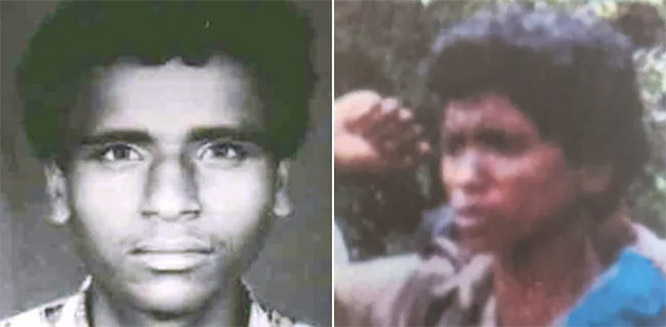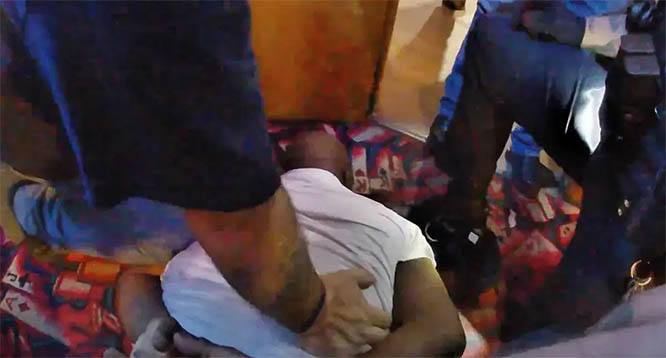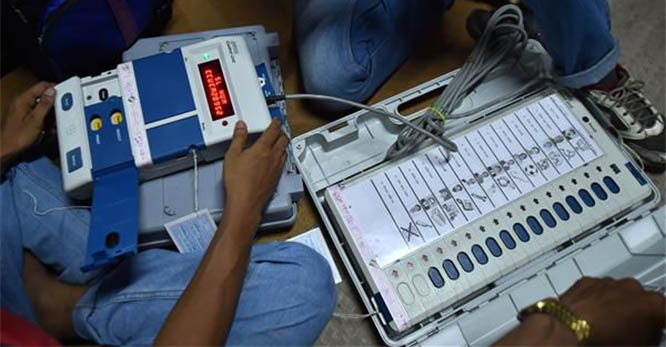Ahmednagar, Apr 29: Two workers of the Nationalist Congress Party or NCP were shot dead by three unidentified men in Maharashtra's Ahmednagar district last evening, police said today.

The incident comes less than three weeks after two local Shiv Sena leaders were killed in a similar manner in Ahmednagar.
The NCP workers were standing near a main road in Jamkhed town, nearly 70 km from Ahmednagar, when three people came on a motorcycle and fired around eight rounds of bullets on them. The incident happened at around 6:20 pm last evening, district Superintendent of Police Ranjankumar Sharma said.
Both the deceased were residents of Jamkhed, he said.
The NCP workers were identified as 30-year-old Yogesh Ambadas Ralebhat, who was the district vice president of the NCP's youth wing, and 23-year-old Rakesh Arjun Ralebhat, who was an executive committee member and office-bearer of the party's Jamkhed unit in Ahmednagar, the senior police official said.
An investigation is being carried out, and no arrest has been made so far in connection with the killings, Mr Sharma said, adding that a case under relevant sections was registered.
The police is yet to ascertain the identity of the assailants and the motive behind the killings.
District Guardian Minister Ram Shinde visited the government hospital last night when the bodies arrived there. Angry supporters of the two deceased NCP workers shouted slogans against the minister outside the hospital premises.
On April 7, two people on motorcycles had shot and killed two local Shiv Sena leaders in a similar manner at Shahunagar in Ahmednagar's Kedgaon after the result of a civic by-election in the area was announced, the police said.








Comments
Add new comment